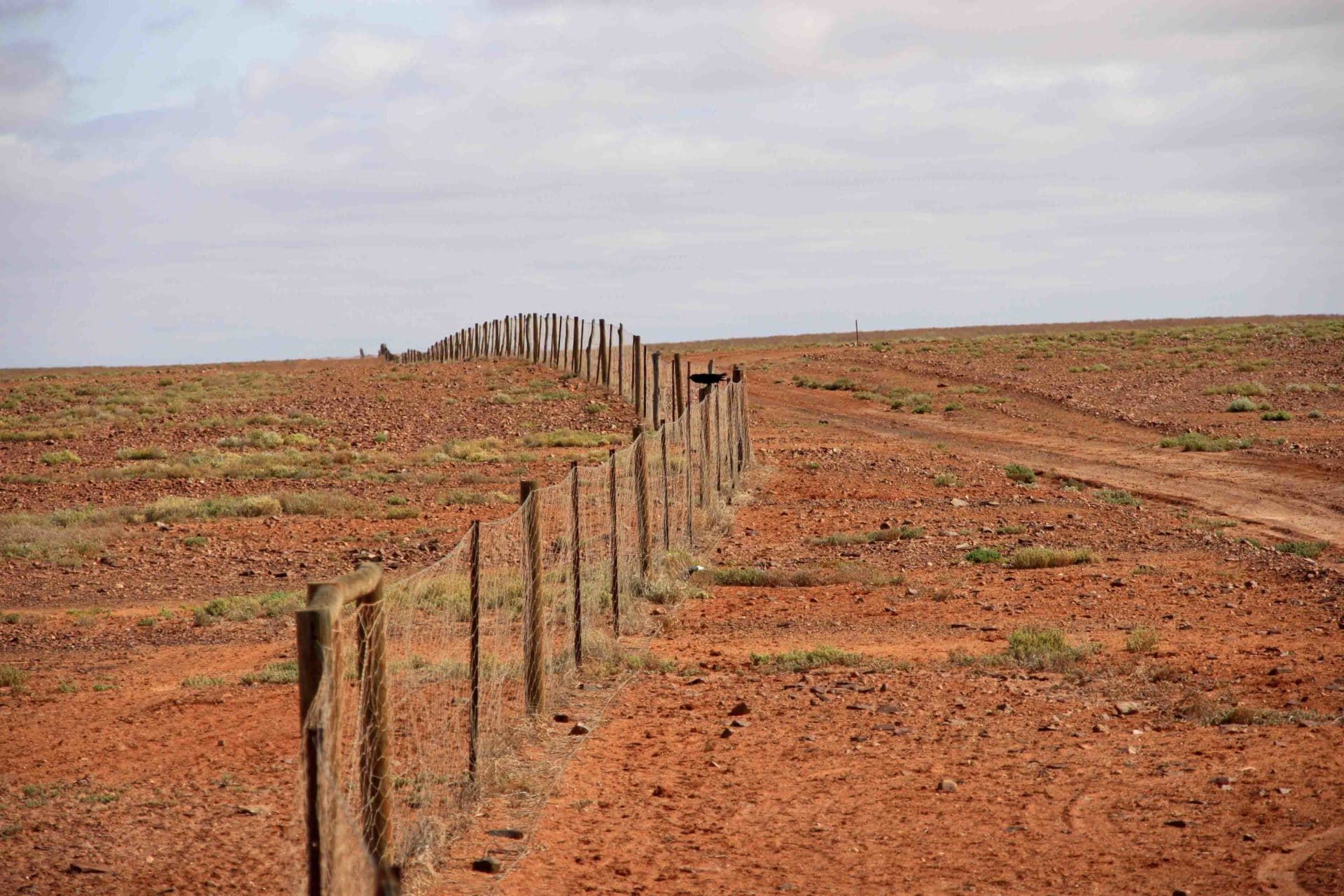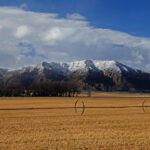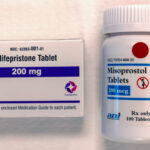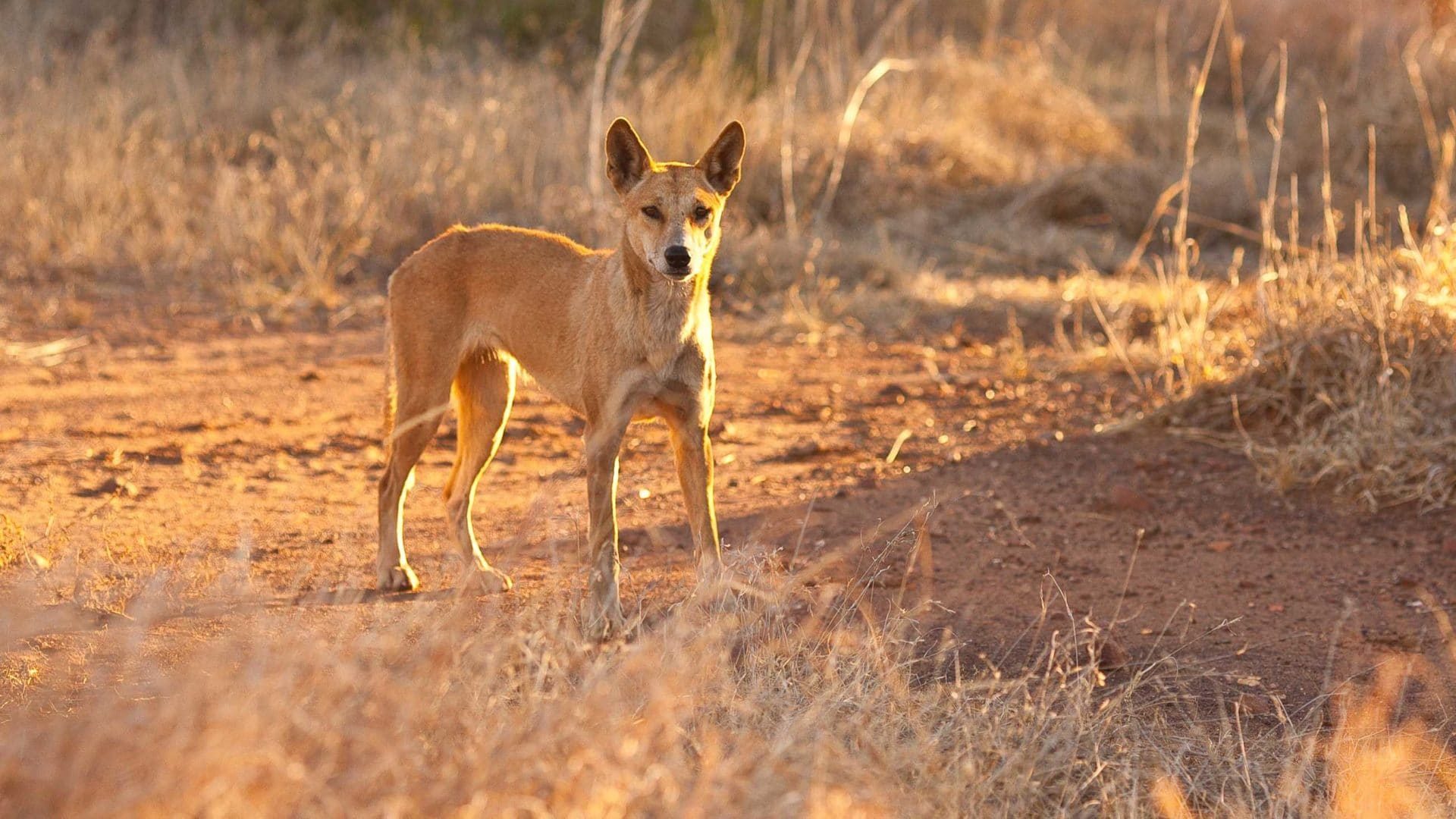An Identity Crisis for the Australian Dingo
The dingo may be Australia’s most contentious animal. To some, the iconic, free-roaming canine is a beloved member of the nation’s unique fauna. To others, it is little more than a wild dog and an agricultural pest.
This ambivalence is enshrined in law. Federally, the dingo is considered a native species, like the kangaroo, koala, or any other animal present in Australia prior to the year 1400. But in most Australian states and territories with dingo populations, landowners are legally allowed (even obliged, in some places) to kill “wild dogs” — a group that includes dingoes, along with feral domestic dogs and their hybrids. Governments also bait and trap dingoes on public lands within some national parks.
As local governments throughout Australia coordinate efforts to rid sheep- and goat-farming regions of pack animals that can devastate local industries, some experts want the killing stopped. They argue that the dingo — the only large predator on the continent — fills a crucial ecological niche in a nation with the world’s highest rate of mammal extinction, safe-guarding small mammals from predation by feral cats and foxes, and preventing overgrazing of their habitat by kangaroos.
The future of the dingo could hinge on the question of whether it should be officially classified as a unique species or just another wild dog. As its own species, the dingo could be listed as threatened under Australia’s Environment Protection and Biodiversity Conservation Act in the event its populations falter. If it’s considered a dog, it wouldn’t qualify. In either case, state governments can write exemptions into their own legislation.
Compared to indigenous animals like the kangaroo and platypus, the ancestors of which evolved more than 125 million years ago, the dingo is a relative newcomer, brought to Australia by traders from southeast Asia around 3,500 years ago. But no museum holds an original “type” specimen against which scientists can compare other dingo-like specimens. So in 2014, Mike Letnic, a conservation biologist at the University of New South Wales in Sydney, and his colleagues set out to change that.
The dingo features they described in their 2014 paper in The Journal of Zoology — a flatter, broader head and longer muzzle than a dog — were enough, they argued, to warrant a unique species name. “We said, basically, it’s a recognizable unit and it deserves a name,” says Letnic. They used Canis dingo, the name chosen by German zoologist Friedrich Meyer in 1793: Canis, like a wolf, coyote, jackal, or domestic dog; and dingo, the name used by the Aboriginal Dharawal speakers near Sydney.
The paper sent shock waves through the Australian taxonomy community. It flew in the face of how others were coming to classify the dingo, based on its evolutionary spot in the messy canid family tree. In 2017, Kris Helgen, a mammal taxonomist at the University of Adelaide, and others, wrote a formal rebuttal to Letnic’s paper. The dingo, they argued, should be named Canis familiaris — same as the poodle, the Rottweiler, and other domestic dog breeds.

In late 2018, conservationists were alarmed when the Western Australian state government, relying in part on Helgen’s classification of the dingo as Canis familiaris, announced that under the state’s revamped conservation legislation, the dingo would no longer be considered native fauna. Some feared that the move, designed to ensure farmers could continue to cull wild dogs, would set a precedent that other states might follow.
“What we call things really does matter in a policy stance and probably in a perception stance as well,” says Euan Ritchie, a wildlife ecologist with Deakin University in Melbourne who is one of a growing number of scientists going to bat for Canis dingo. They fear that unless the dingo is seen as a unique species, it will have few — if any — legal protections.
Dingoes aren’t facing imminent extinction; there are anywhere from 10,000 to 50,000 across Australia, according to rough estimates. But certain populations, especially in the more populous southeast region, are declining and becoming less genetically pure.
What riles Helgen and others who back the Canis familiaris designation is what they see as a misguided use of science to sway policy. “We understand that a group of Australian scientists loves the dingo and thinks it’s special,” he says, but “the name doesn’t fit; it’s not scientific.”
The turbulent relationship between dingoes and humans traces back to 1788, when the British first brought their convicts — and sheep — to Sydney Cove. By the 1880s, dingo incursions into farmlands and rural communities led to the “dingo fence” — a nearly 3,500-mile-long barrier that cuts a jagged path across Australia’s mainland to this day.
With an average weight of 33 pounds, the dingo is just a third of the size of the gray wolf. But like the wolf and other apex predators, it has gained a reputation in recent years as an ecological linchpin. Small mammal populations are under intense pressure, and pocket-sized marsupials, in particular, are disappearing quickly. “Some of the only places where these animals persist are actually in areas where the dingo is,” says Letnic, whose work has shown that dingoes prevent the overgrazing of small-mammal habitats by kangaroos.
Their most important role, however, may be in keeping feral cats and foxes — the main killers of small mammals — in check, though the science isn’t entirely clear. “There’s some evidence that dingoes can reduce fox abundance and/or behavior. And the same for cats,” says Ritchie, “but it’s not consistent.”
Beyond the debate over the dingo’s ecological importance is the underlying issue of whether it should be considered wild or domestic. “It’s a distinct taxon. It’s a distinct thing. We all recognize it. To me that says it’s a species,” says Letnic.
Not so, according to biologist Stephen Jackson of the New South Wales Department of Primary Industries, one of Helgen’s co-authors. “The fact that any dog (including dingos) is free roaming (i.e. living in the wild) is irrelevant in determining its taxonomic classification,” he wrote in an email. If the dingo is going to be classified as “a distinct species,” Jackson wrote, “then so should all of the other ancient breeds.”
The people who brought dingoes to Australia from Asia did so around 3,500 years ago. That’s “at least 10,000 years after the effective genetic separation of a domestic dog population from the ancestral wolf population,” says Jackson. The dispersal of dogs — especially across the lengthy sea crossings required to reach Australia — went hand in hand with domestication.
Kylie Cairns, a population geneticist at the University of New South Wales, questions whether the dingo was unequivocally domesticated. “What we argue… is that they split off before going through that full domestication pipeline,” she says.
Indeed, genetic studies show that the dingo peels off from modern dogs fairly early on, around the same time as other so-called ancient dog breeds. Whereas modern breeds came into existence over recent centuries, ancient breeds like the African Basenji, the Chow-Chow and the Malamute trace their origins back a few thousand years. But “in the evolutionary wash,” says Helgen, “that isn’t much of a difference.”
Even from a morphological standpoint, he adds, the dingo doesn’t pass muster as a distinct species. “The dingo doesn’t have a single derived evolutionary feature that separates it from all other domestic dogs,’’ Helgen says. “There’s not one.”
Ritchie and other advocates for Canis dingo respond by emphasizing the broader stakes. “The moment you call them all domestic dogs — and if they’re in the wild they’re essentially feral dogs — then I think it does potentially open the floodgates to their control,” he says, “because you could imagine that some people would go, ‘Well, they’re all just feral dogs, why don’t we just go and kill them all?’”
But for Jackson, “the important thing to understand is that taxonomy is done first to understand what you are working with and then you manage the result. It is not to be done for conservation convenience.”
It’s also bad science, adds Helgen. The public, he argues, need to be able to trust that scientists are “playing by the right rules,” rather than allowing advocacy to shape their conclusions.
A constructive discussion among scientists and policymakers is crucial, Ritchie says. “You need to have really careful communication with government, saying we’re going to call these things Canis familiaris, but we’re not advocating for you to do A, B and C,” he says.
“In an ideal world,” he adds, “taxonomists would just do their thing and ecologists would do their thing and the policy people would be clever enough to work out what to do. But that doesn’t always occur.”
Ben Allen, a wildlife ecologist at the University of Southern Queensland who works closely with the livestock industry, sees the whole squabble as futile. “People will still be knocking off [wild] dogs the same way we knock off other native species when we don’t like them anyway,” he says. “That’s why I saw it’s a waste of time going down this route. It’s never going to achieve the conservation outcome that we want it to achieve.”
Dyani Lewis is a journalist based in Melbourne, Australia, who covers evolutionary biology, paleontology, medicine, and the environment. She has written for Nature, Cosmos Magazine, Science, and The Guardian, among other publications.











Comments are automatically closed one year after article publication. Archived comments are below.
Had a Carolina Dingo for 11 years. Very intelligent Dingo. He lived in our home. Wife walked him two & three times a day. Very protective of her and I. We lost him to cancer 6 months ago. Would get another Dingo if we weren’t close to our eighties. Great animal’s…
Ok, You have to LIVE with a Dingo to understand. First of all you have to know that Dingos live all over the world. National Geographic and the Smithsonian proved that back in the 60’s when Dr. Brisban announced he had discovered a North American type of dog whose DNA placed them at the base of the canine tree. Thus making them an indigenous breed and he dubbed them Carolina Dogs after a Carolina College that had done the DNA testing. They turned out to be Dingo hybrids. How do I know, because a Dingo came to live with my family in 2000. It is a long story how that came about and I did all the research of knowledge that was available which since then has become quite extensive in the last few years, but there was not much info at first and it took me ten years to identify what he truly was. Was he like a dog, definitely not, but he was my best friend, my confidant, my first Lieutenant, my General, my therapy companion, my escape artist, with a loyalty to his adoptive family that made it so I never gave up on him and he never gave up on me in spite of my ignorance of his true nature. Mr. John Braby of the first article in this list gives a little insight into their physical abilities and he never backed down from any dog no matter what their size because he thought he was protecting me. The Dingos may be dog hybrids but Mother Nature has evolved them into perfect creatures of the modern age and deserve to be recognized as a distinct Species. By the way, the Florida Dingo has become a recognized Breed.
Talking with council officials, you constantly have to ask ‘Are you talking about dingoes or domestic dogs gone wild ?’ when they refer to wild dogs. They then say there are no purebred dingoes any more. DNA tests &c.
Anecdotal evidence has it that an alpha male dingo is quite capable of keeping intruders away from his females. Report of a pet dingo cowing an intruding Great Dane cross pig-dog by leaping vertically and coming down on an ear. Repetition on the other ear was sufficient !
It would be very important to establish taxonomic identity for these kinds of reasons.
Look at it this way if their was a way to identify a 100% pure dingo in the field then they should be protected but due to hybridization with feral dogs their is no way to guarantee they are pure and with the damage the feral dogs cause the dingo also gets blamed for their damages. A dingo will kill for food feral dogs kill for the fun of it. But yes I’m all for protecting the pure dingo’s of Australia it’s just a shame they are also shot as an everyday feral dog.
I think the dingo should be conserved as a species and used as a naural way and reducing the number of wild pigs ,possibly wild donkeys,scrub bulls,camels and brambles.
A dingo came into my care 5years ago. Pig shooters found him so sick and dehydrated only about 3months old. As a wildlife carer I took him on and we travelledAustralia.And if humans think Dingos are the same as a domestic dog, well then they haven’t had a dingo. He will never be domestic, he responds to me out of love and respect, because he wants to.As usual humans stuff it up. Humans complicate our eco system. So simple guys, cull feral cats foxes and LEAVE OUR WILDLIFE ALONE. Dennise
Dingo s are unique and they are misunderstood but they have a place as caretaker in our country there very smart
So very disappointed to see the “brought here by Asian traders 3,500 years ago”. This is just an assumption based on a fossil record.
It is very misleading presenting this old theory as if it’s a fact.
The more we cull the better, as an introduced species they have no place here.
Many of you have a blood line that stems from other parts of the globe if you go back 3500 years. Should you all be culled? You are an introduced species as well. Leave the Dino alone. They should be protected. They are not Dogs.